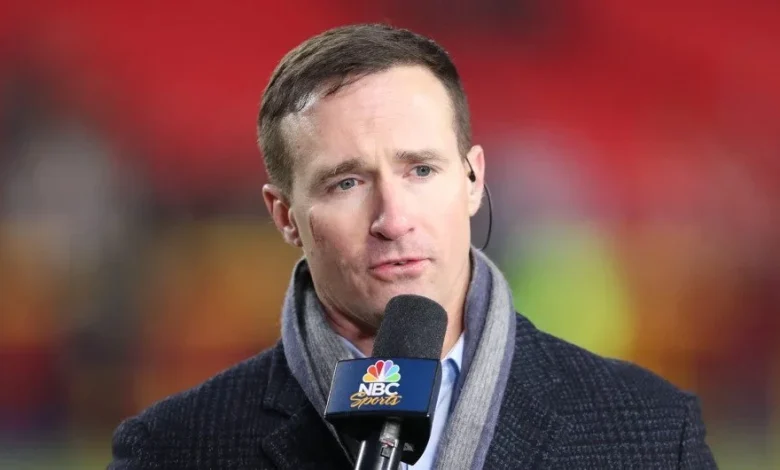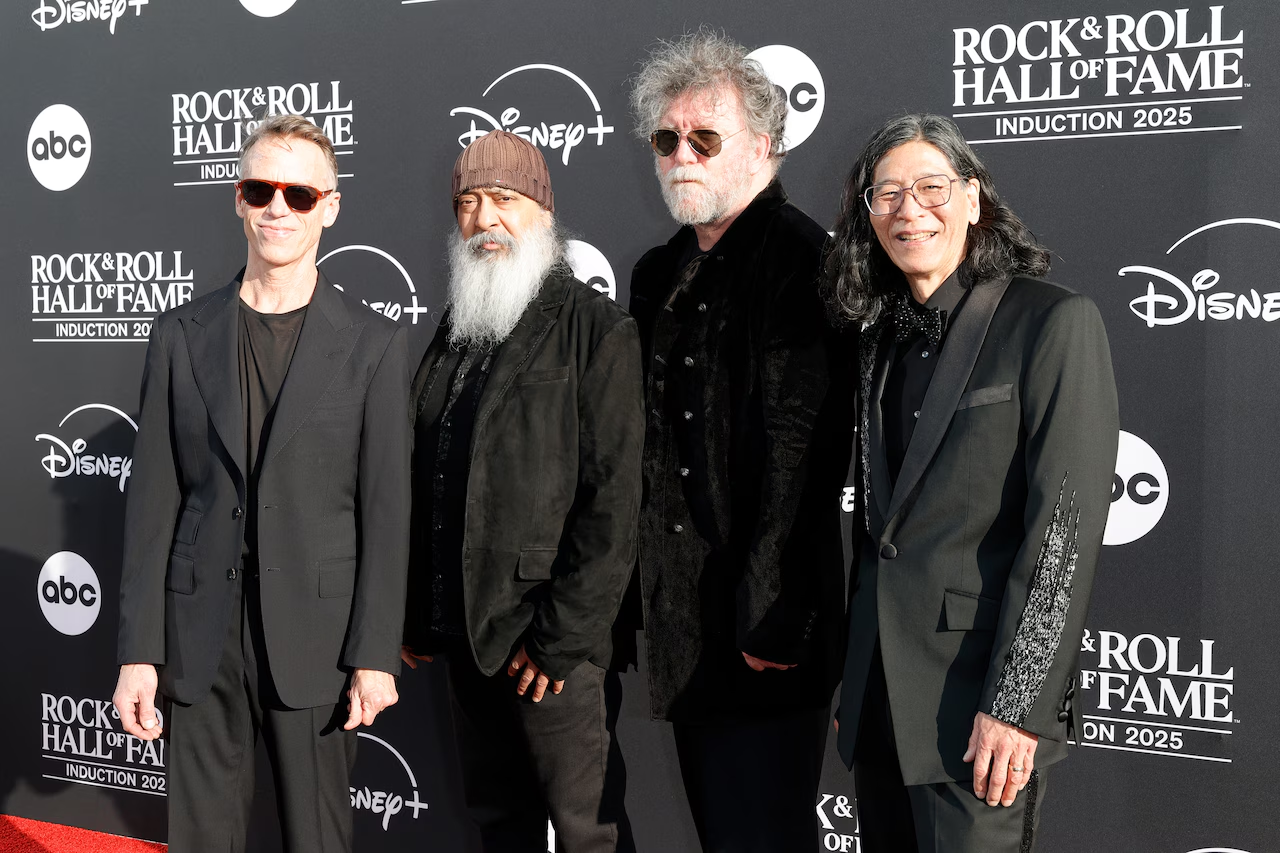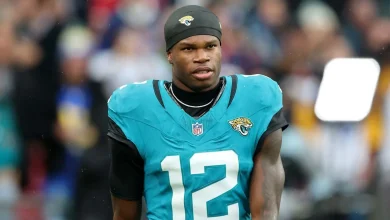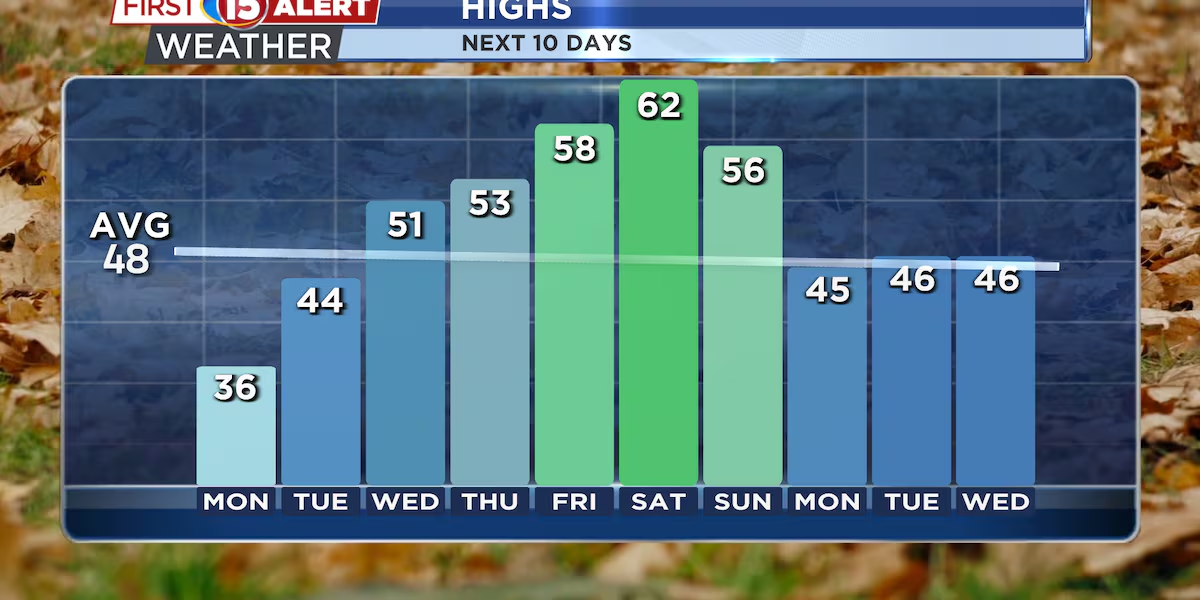On the Air: Drew Brees gets a second chance

Welcome back to “On the Air,” in which Sports Media Watch Podcast co-host Armand Broady will offer in-depth breakdowns of broadcasters, on-air performance and career journeys, plus chronicle broader trends in the industry.
Sunday’s Packers-Giants game marks Drew Brees‘ return to broadcasting. The future Hall of Fame quarterback recently signed a deal with Fox to call NFL games with play-by-play announcer Adam Amin on the network’s “C” crew, replacing Mark Sanchez. Last month, Sanchez was involved in a late night confrontation that resulted in him being stabbed, hospitalized, arrested, charged and sued, and Fox quietly parted ways with him.
For Brees, it’s a fascinating turn in what has already been an unusual broadcasting career. In 2020, Brees — while still playing for the New Orleans Saints — agreed to join NBC Sports as a football analyst upon the conclusion of his playing career.
The next year, Brees served as studio analyst for NBC’s “Football Night in America” and as game analyst for Notre Dame football broadcasts. The Peacock network’s strategy was obvious. Get fans familiar with the new guy, then move longtime “Sunday Night Football” analyst Cris Collinsworth along to make room for the up-and-comer.
It should be noted that 2020 was the year Tony Romo signed a massive 10-year/$180 million deal with CBS to remain its lead NFL game analyst. Romo’s instant success in the CBS booth caused other networks to more deeply consider who the next generation of analysts would be. Executives wanted to be one step ahead and not one step behind. To many in and around sports media, Brees — a Super Bowl MVP QB who brought New Orleans its first title — made sense as the next big thing in broadcasting.
Then came January 2022. Tirico and Brees were on the call of the Raiders-Bengals Wild Card playoff game. Brees bombed. He wasn’t just bad, he was noticeably absent in areas where an analyst should shine, leaving Tirico to do both play-by-play and color commentary.
With 1:51 left in the second quarter, Bengals QB Joe Burrow threw a TD pass to WR Tyler Boyd. Burrow was scrambling towards the sideline when whistles blew just before Burrow fired his pass into the end zone. Tirico acknowledged Boyd’s catch but let viewers know immediately that Burrow could’ve been whistled for being out of bounds prior to the TD reception.
Despite the fact that officials blew the whistle — which should have ended the play — the TD ruling was confirmed after replay review. It was a bizarre and confusing moment for viewers, the exact kind of moment when an analyst is expected to bring insight, illumination and strong opinion. The production truck did its part, providing viewers with replays from different angles. Tirico did his part, explaining to viewers what officials were looking for during replay. Brees, however, said nothing, leaving Tirico to carry the broadcast for nearly two minutes.
Months later, Brees and the network parted ways. Brees has insisted that he’s a better broadcaster than the one viewers heard that night in Cincinnati. Earlier this year, Brees told Dan Patrick that he could “step in the booth right now and be a top-three guy.”
Fox is giving him the opportunity to back up his confidence. It’s an opportunity broadcasters don’t often get. When an analyst fails as miserably as Brees did on such a grand stage, networks are understandably reluctant to give it another go. And sometimes, the analysts decide TV is just not for them.
ESPN hired Jason Witten in 2018, hoping he would follow in the footsteps of Romo and Troy Aikman as the next ex-Dallas Cowboy to thrive in the booth. Witten served as lead “Monday Night Football” analyst for just one mistake-filled season, and he hasn’t been seen in broadcasting since.
In 1995, Joe Montana joined NBC as an NFL studio analyst. His performance was largely panned and, as the New York Post reported in 2021, Montana called his wife during halftime of NBC’s broadcast of that season’s Super Bowl and told her he’d had enough.
Brees has promoted himself across various platforms since his split with NBC. But now, his moment of redemption has come.
To be fair, Brees wasn’t all bad in the booth. As one would expect of a Hall of Fame QB, Brees was good at identifying and explaining coverages. His replay analysis isn’t terrible. It was just hard at times to understand what he wanted to be in the booth.
One of Brees’ primary areas for growth is using the production crew to his advantage. He needs to let the replays and camera angles guide him to his analysis. Sometimes an analyst catches something before the replay. Other times, the analyst needs the production crew to set the table.
Additionally, Brees needs to be better at having an opinion. It’s broadcasting. He’s being paid to speak. He must have something to say. Incorporate notes and anecdotes gathered from player interviews and production meetings in addition to relying on knowledge gained from a two-decade career.
Hopefully, Brees has learned over the past few years to think more like a broadcaster and less like a former player. Fox is setting him up for success by pairing him with the excellent Amin. If Brees is as serious about broadcasting as he’s insisted, he could become one of NFL TV’s strongest analysts. On the other hand, if he doesn’t apply the lessons he learned from his NBC failure, this could be his last big break.
Plus: The rise of Robbie Hummel
CHAMPAIGN, IL – FEBRUARY 04: Commentator Robbie Hummel broadcasts before the college basketball game between the Nebraska Cornhuskers and the Illinois Fighting Illini on February 4, 2024, at the State Farm Center in Champaign, Illinois. (Photo by Michael Allio/Icon Sportswire)
At some point very soon, the term “rising star” will no longer be needed to describe basketball analyst Robbie Hummel. Hummel has called games for Big Ten Network, Westwood One and Fox Sports. This year, he adds the NBA on Peacock and CBS college basketball coverage to his already full plate.
During Peacock’s NBA broadcasts, Hummel invites co-analyst Austin Rivers into the conversation, drawing out of Rivers an easy, informative style he never really displayed during his unmemorable time at ESPN.
According to Andrew Marchand of The Athletic, Hummel could be the Final Four “heir apparent” to current CBS lead analyst Bill Raftery.
“For a long time, it was Jay Wright who was the obvious heir apparent,” Marchand said recently on his “Everybody Loves Sports Media” podcast. “Hummel, I don’t think he’s there yet, maybe, on the depth chart, but he will be.”
Hummel’s style makes it hard to disagree with Marchand’s assessment. His presentation is somewhat similar to Fox NFL analyst Greg Olsen. Both analysts are young — Olsen is 40 and Hummel is 36 — and the analysis feels fresh and current. Hummel also uses voice inflection to heighten a moment for the viewer.
He’s intentional about teaching, and while he doesn’t offer catchphrases like Raftery or Dick Vitale, the viewer is left with a sense that Hummel just enjoys basketball.
CBS and TNT Sports’ NCAA men’s basketball tournament deal runs through 2032. It is the expectation of this columnist that before that deal is up, Robbie Hummel will be on the call for college basketball’s biggest games.




